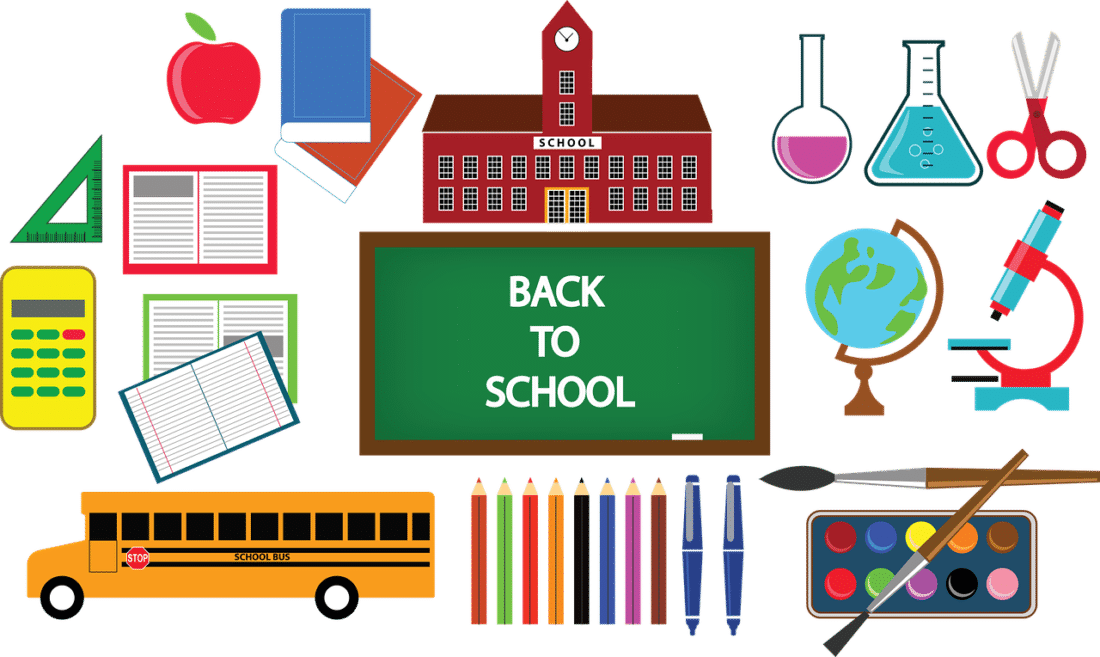Back-to-school (BTS) shopping tends to be fairly predictable, with kids and parents typically having a good sense of what the year ahead will bring, how much they’ll have to spend on supplies, and what will need to be purchased.
That’s not the case in 2020. The Covid-19 pandemic has upended nearly every aspect of the school experience, from class schedules and sports seasons to the ways in which students will learn and interact.
What does that mean for BTS shopping in 2020? What should marketers be considering when trying to connect with consumers?
Recent research highlights these six key trends brands should be watching closely.
1. Uncertainty and anxiety are the norm.
When thinking about shoppers’ behaviors this year, it’s important to remember that Covid-19 has made many families uncertain and anxious.
According to a survey conducted by Deloitte in early June, more than three-quarters (76%) of parents in the U.S. say they are concerned about how to keep their children healthy during the school year; 38% are worried about their family’s finances.
Moreover, two-thirds of parents say they are anxious about sending their kids to school this fall because of Covid-19. Anxiety is highest in the Northeast, Southeast, and South.
2. It’s unclear what spend will look like.
Will concerns about health and finances translate to reduced BTS spend? It’s unclear. Deloitte’s survey found families expect to spend $529 on average this season, essentially the same as last season.
A survey from AdColony found more families expect to spend under $500 this year compared with last year. Ten percent more shoppers expect to visit dollar stores this season.
On the other hand, the National Retail Federation predicts that average BTS spend per household will increase to $789 this year. That’s a significant jump from $696 last year.
3. What people are buying is different this year.
Why is there so much uncertainty about whether BTS spend will increase, decrease, or remain flat? In part because what people are buying in 2020 is different.
For example, some 57% of parents say their BTS shopping list now includes personal protective equipment (PPE) such as masks, and sanitation products such as disinfectant wipes.
Moreover, the potential for a school year with distance learning has driven many families to shift budget to technology purchases. Average spend on clothing and school supplies is forecasted to drop by 10% and 13%, respectively, this year; spend on computers is forecasted to increase by 38%.
4. How people are shopping is also different.
This back-to-school season, it’s not just what people are purchasing that’s changing; how families are shopping is also different.
While mass merchant stores such as Walmart are still expected to be the most popular retailers this year, a greater share of consumers say they plan to shop at nearby stores such as supermarkets and drugstores. And 44% of families expect to do some or all of their BTS shopping at online-only retailers such as Amazon.
Given Covid-19 concerns, a big shift this year is consumers’ desire for contactless shopping. Some 47% of BTS shoppers say they prefer retailers that provide a buy online, pick-up in-store (BOPIS) option and 26% say they plan to use BOPIS more frequently.
5. Price and convenience are still key.
Although many things are very different in 2020, one thing that’s consistent with past years is that price and convenience are still the biggest motivators for BTS shoppers.
Some 82% of shoppers say price considerations (i.e. sales/discounts, competitive prices, price matching) are among the top reasons they pick specific BTS retailers and 80% say convenience considerations (i.e. free shipping, store location, ease of checkout) are among the top reasons.
While those motivators remain the strongest, safety is also an important factor this year, with 34% of shoppers saying they are taking into account Covid-19 precautions (i.e. social distancing rules) when choosing BTS retailers.
6. Shoppers want to hear from brands.
Back-to-school poses a major challenge for brands this year, with marketers needing to communicate new information (what safety protocols are being followed, which contactless shopping options are available, etc.) while still competing across traditional areas like price and convenience.
The good news is that these uncertain times have made consumers very receptive to what brands have to say. In fact, engagement on social posts from retailers is up 40% on average in 2020 compared with 2019.
In other words, while this back-to-school season is certainly strange, brands can still successfully engage audiences and drive sales with the right messaging.
